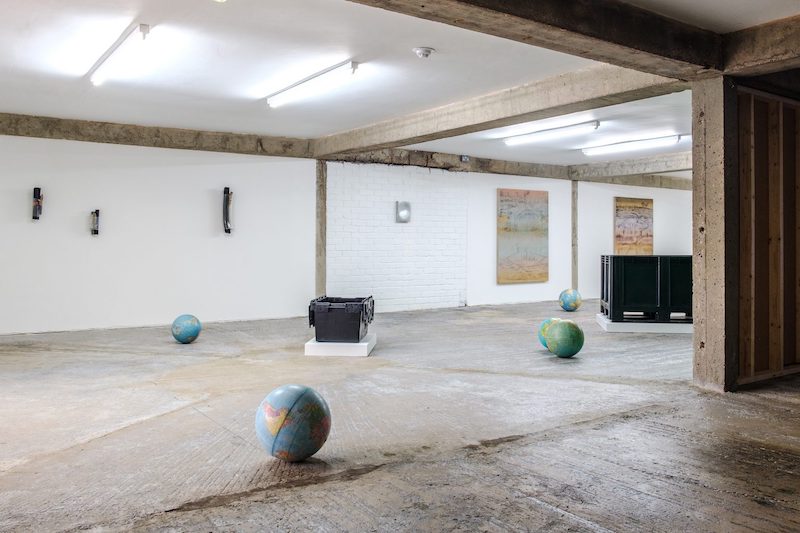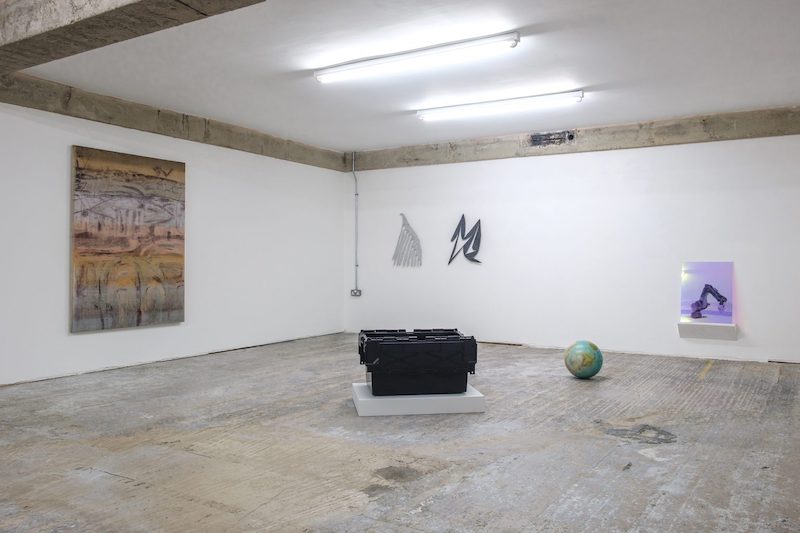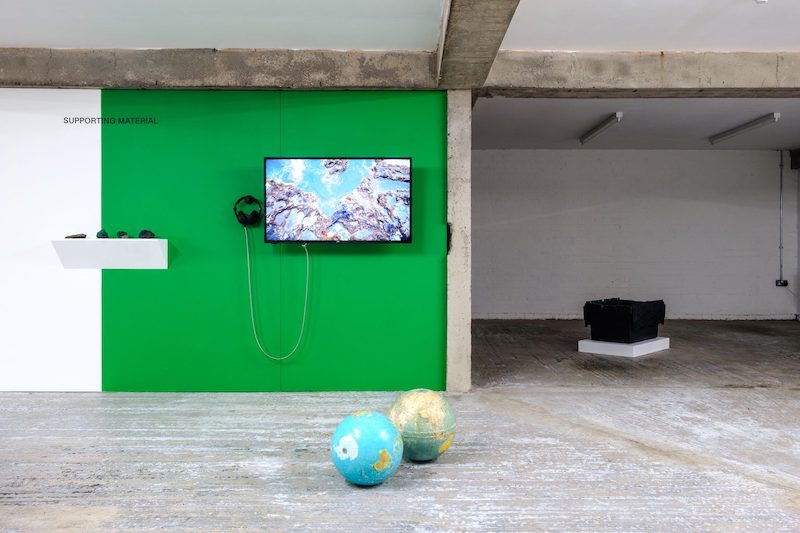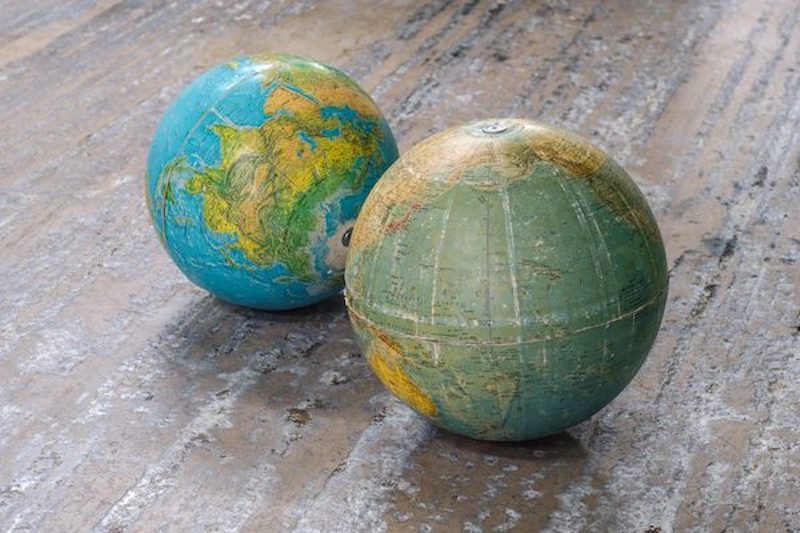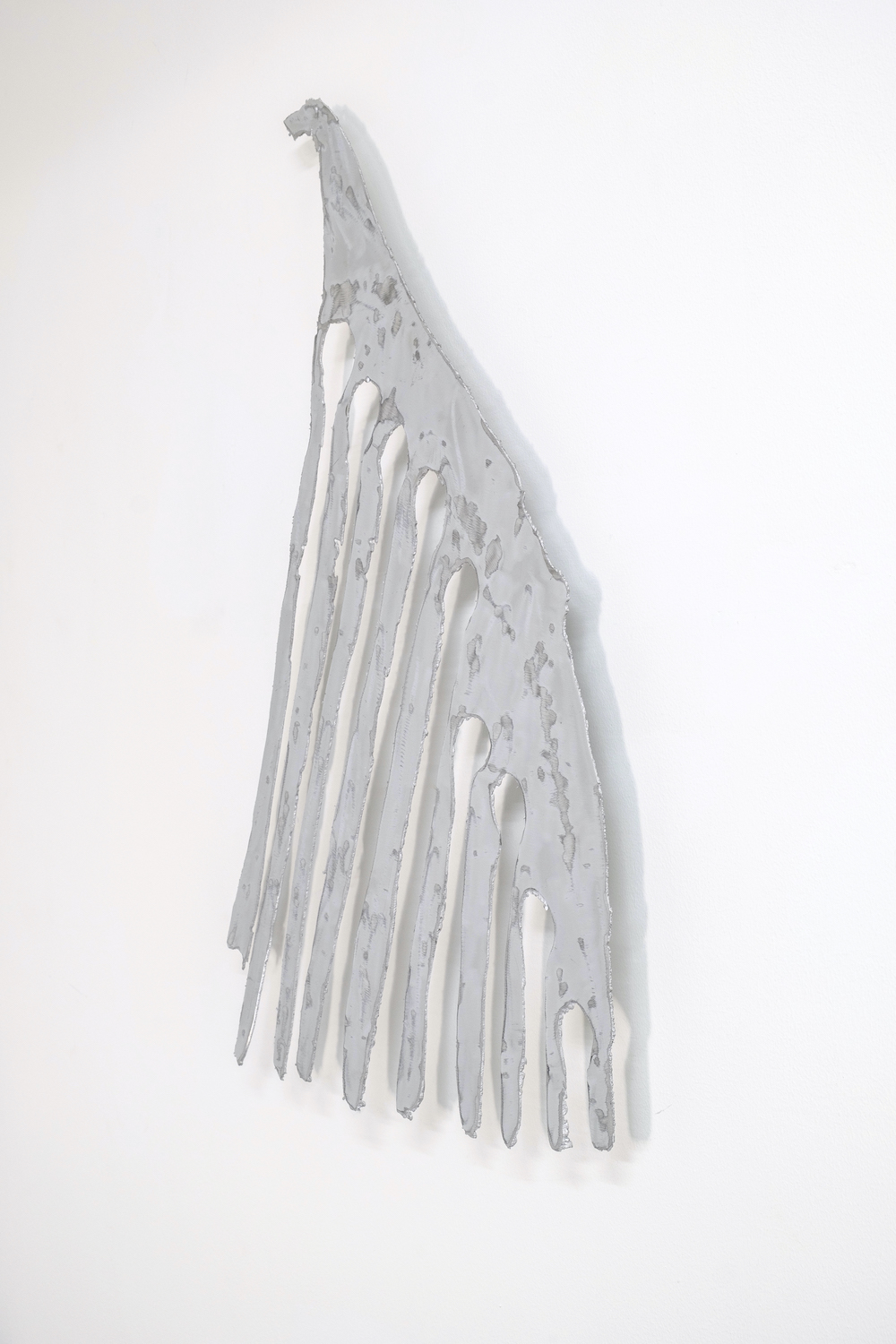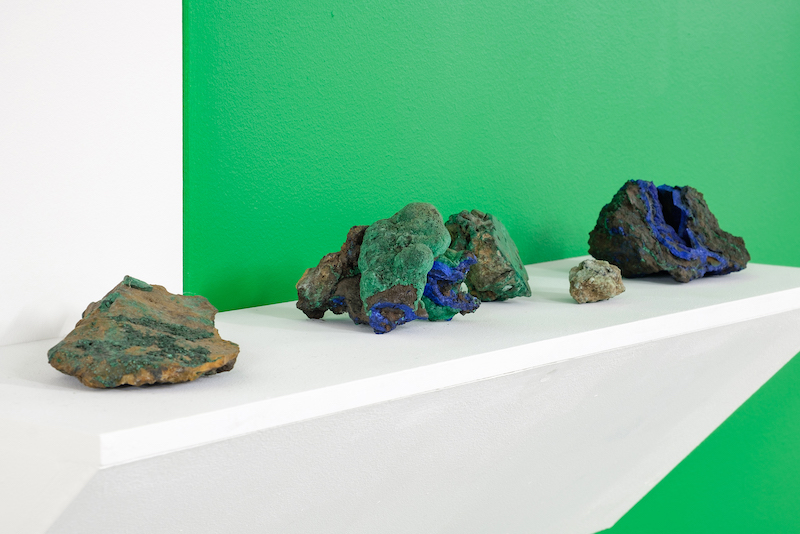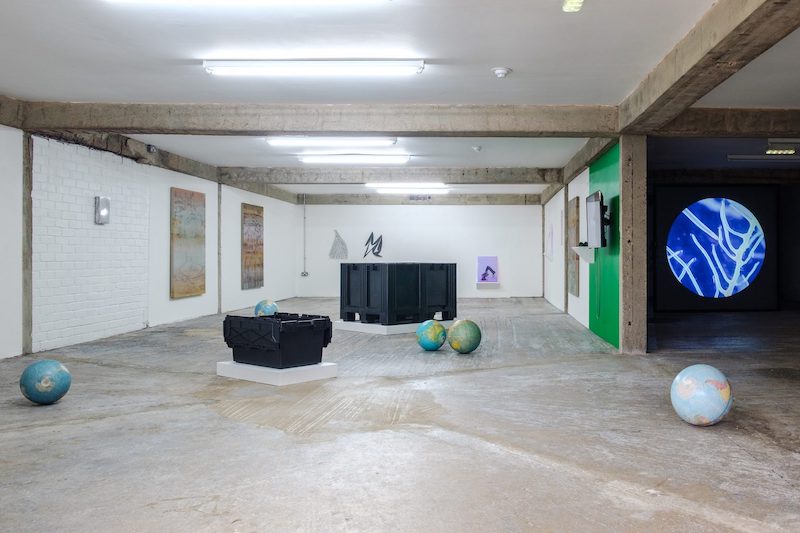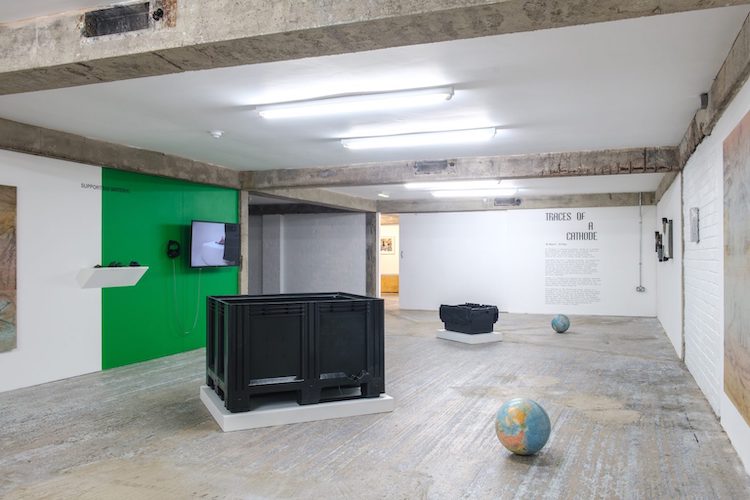Group Exhibition
18 MAR - 20 MAY 2023
S1 Artspace, Sheffield
S1 Artspace is pleased to present Traces of a Cathode, an international group exhibition of recent works by Paulo Arraiano, Diogo da Cruz, Olga Grotova, Gweni Llwyd, Daniel de Paula & David Rickard, curated by Joseph Cutts.
Developed from Cutts’ ongoing research, the exhibition will provide an understanding of the cycle and formation of electronic waste (obsolete or discarded electronic devices) and the processes involved from the mining and extraction of minerals, through to the manufacturing and product distribution setup. Discarded remnants slowly sinking to leave something behind, undermining and deteriorating our beds and water passages.
Traces of a Cathode will address the improper ‘methods’ of electronic recycling globally and highlight the need for clearer and cleaner methods of recycling in our local communities and the roles individuals can play to decrease their carbon footprint.
In this exhibition, Diogo da Cruz presents work from a science-fiction series that interweaves fragments of an afrofuturistic myth of an underwater civilisation with concerns around the possible consequences of deep-sea mining; Paulo Arraiano’s Postfossil series are part of a body of work and research on the idea of extinction and the binomial materiality and immateriality. His two-dimensional impression of an image, refers to a natural or artificial fossil, something previously characterised by its matter and three-dimension; Olga Grotova’s Seven Meters is a series of large scale paintings exploring how history is recorded in soil. Wars, climate change, nuclear tests, pollution, human labour are all chronicled in the layers of soil, the soil ‘horizons’.
The works developed within Daniel de Paula’s power-flow series set together fragments of infrastructural subterranean (or submarine) data cables – responsible for the fast circulation of information that control our economical system and media communication – and fulgurites, natural masses of vitrified or fused soil that result from the discharge of electrical lightings over sand, evidence of the natural flow of time inside geological formations; Gweni Llwyd’s Silicon Retina flips the subterranean into suspended space. The moving image work explores the porous boundary between nature and technology, particularly in the landscape, weaving a narrative composed of mechanical vibrations, organic rhythms and biomimetic pulses.
David Rickard’s Post Revolution considers the flow and destination of material resources. Cast from a single aluminium car wheel the material that forms the work has endured a lifetime in physical revolution before being transformed into a static rectangular block.
The artworks depicted above give way to a host of globes migrating across the gallery floor. Sourced from diverse countries and eras, Rickard’s work Flotsam brings together the various cultures, histories and borders imprinted on their surfaces, as they repeatedly impact with each other and the confines of the gallery space.
As a contrast to the exhibiting works, Traces of a Cathode will also act as a temporary carrier of electronic waste (e-waste), as all visitors are welcome to deposit their redundant electronic items at our drop off point within the gallery space. Following the exhibition, S1 Artspace will partner with Aspire Sheffield (a Social Enterprise that specialises in computer recycling) to ensure your electronic goods are recycled appropriately or refurbished for a longer lifespan.
Complete Programme Listing here
↓↓
Art Monthly Review here

Installation view - 'Traces of a Cathode' (2023). © James Clarkson
